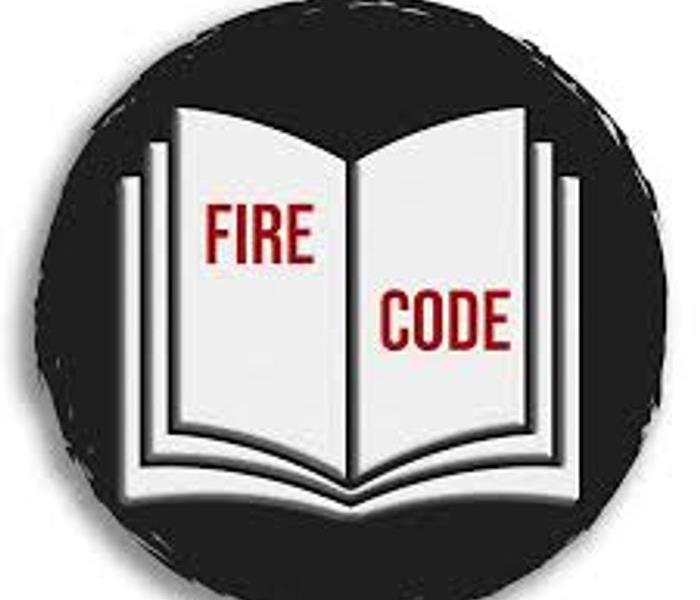Is Your Business Up-to-date With Current Fire Code
7/5/2022 (Permalink)
Experts estimate that 60 to 80 percent of all businesses never recover after experiencing a structural fire. Sadly, they fail for a lot of different but understandable reasons. Employees find new jobs. Customers locate services and products elsewhere. Critical records are lost. Suppliers move on. Given these challenges, it’s prudent to protect your business by reducing fire hazards in the workplace. One of the best ways to do so is ensuring compliance with current fire codes.
Every community has fire codes that, by law, all local businesses must follow. Promulgated by consensus groups – code and local officials, manufacturers, fire protection experts, industry representatives – these codes, which contain common standards as well as ones specific to individual municipalities, provide abundant benefits for communities. They create safer working environments, safer buildings for visitors, job security (job loss occurs when companies close after fires), social stability (burned structures create eyesores and security risks), higher property values and economic benefits (insurance carriers may offer lower premiums) among them.
Because these standards support healthy communities, officials regularly revise fire codes and inspect businesses, usually annually, to certify compliance. Unfortunately, businesses often fail to update their prevention measures when codes change. Common violations that inspectors see following code updates include:
- Sprinklers have not been installed in buildings where they are now required.
- Manual fire alarms have not been installed where they are now required.
- Fire egress routes are not maintained as required.
- Signage has not been updated as required.
- Fire prevention equipment – sprinklers, fire department hook-ups, extinguishers, fire alarm systems and smoke alarm systems – isn’t inspected and maintained as required.
- Fire prevention equipment has not been updated to comply with structural changes to the business.
Add these new violations to those that inspectors are used to seeing regularly – blocked exits, propped open fire doors, items hanging from sprinkler heads and dark exit signs – and the property quickly becomes unsafe.
The best way to ensure your business complies with the latest version of the local fire code? First, ask your company’s safety officer – regardless of size, every company should designate a safety officer – to inspect the property for fire hazards. Next, call the local fire department and request a voluntary inspection. These local professionals point out deficiencies ahead of the official inspector, who could levy fines for code violations.





 24/7 Emergency Service
24/7 Emergency Service
